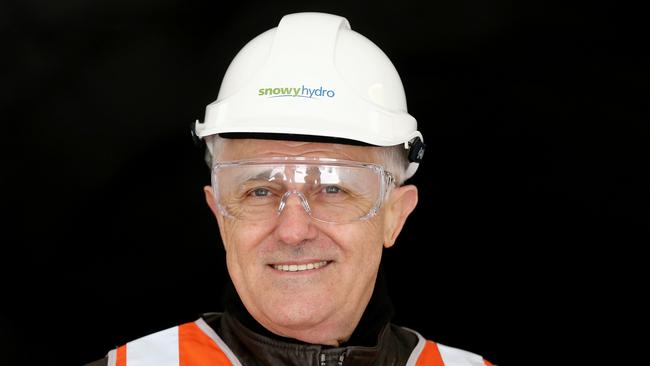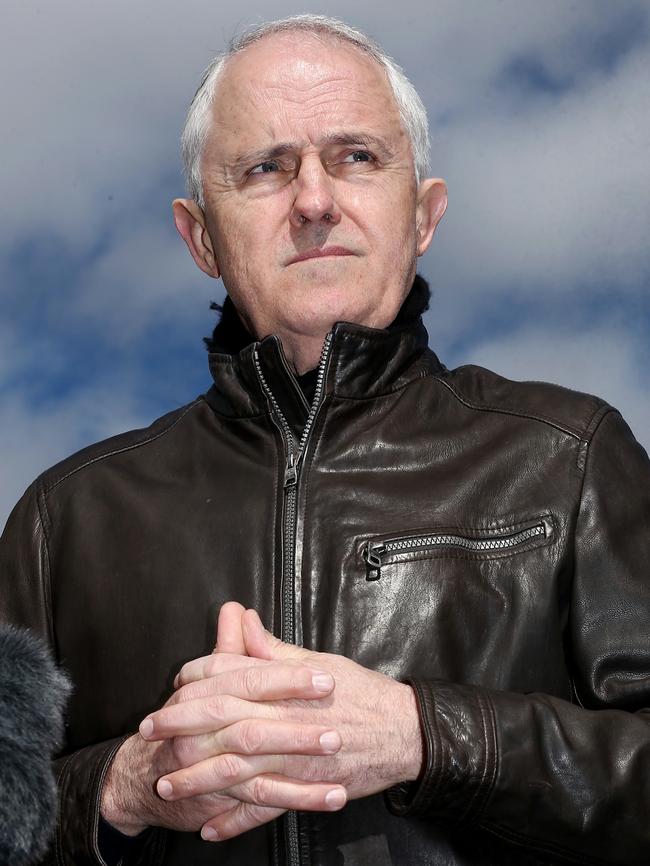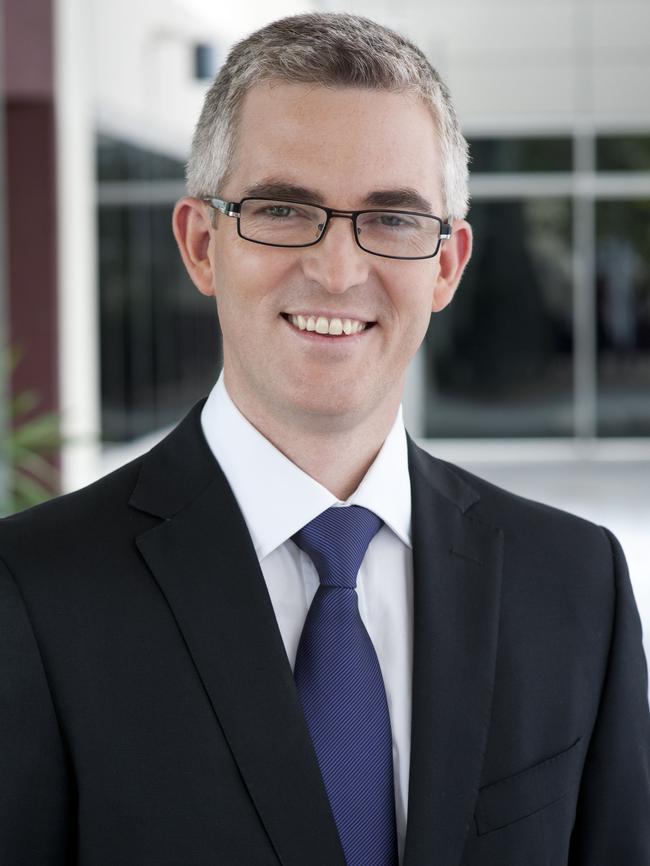PM Malcolm Turnbull needs to power ahead with an energy policy
MALCOLM Turnbull’s visit to the Snowy Mountains and his powwow with power companies provided plenty of good TV pictures this week, but what he needs is an actual energy policy, David Speers writes.

Opinion
Don't miss out on the headlines from Opinion. Followed categories will be added to My News.
MALCOLM Turnbull’s (third) visit to the Snowy Mountains and his (second) powwow with power companies provided plenty of good TV pictures this week, but what he really needs is an actual energy policy.
Two years since Turnbull became Prime Minister, the energy sector is still holding its breath and refusing to invest, while power prices climb higher and higher.
This is meant to be Turnbull’s great policy passion, yet he seems unsure where to land.
As with many things, the PM is trapped between his policy instincts and the political necessity to keep conservatives onside.
Turnbull is trying to navigate a safe passage towards lower emissions and lower prices. No one has managed that yet.
This week’s stunts weren’t a complete waste of time. Power companies agreed to send us all letters pointing out how we might find cheaper deals.
It’s a bandaid that will help some in the short term but, as the power companies point out, the only thing that will drive costs lower is more generation in the market.

Snowy Hydro 2.0 isn’t necessarily a bad idea. One day this great pumped hydro plan might help keep the lights on. It would be nice to know the cost, though, and when it will be built.
The boss of Snowy Hydro reckons it will take roughly six years. In the meantime, the big concern is ensuring we have enough baseload power.
This is where coal comes in and it’s where Turnbull seems unsure.
In March, Victoria’s Hazelwood plant ceased operation after 53 years. It wasn’t the first ageing power station to shut down and it certainly won’t be the last. The even bigger Liddell plant in the NSW Hunter Valley is next in line.
A week before Hazelwood shut, Tony Abbott suggested the federal government step in to keep it running. Turnbull quickly dismissed the idea.
The view now in the government is “we can’t afford another Hazelwood”. The impact of the closure was seriously underestimated.
This week the Prime Minister took a different tone. “Ensuring some of these power stations are able to continue for longer,” he said, was, “a very important focus of the work that Josh (Frydenberg) and I have been doing.”
It sounded like the PM was suggesting government support keeping dirty old coal plants pumping away beyond their scheduled retirement. Apparently there are no such plans, although no one seems too sure.
The Prime Minister is also sending mixed messages on using taxpayers’ dollars to build a new coal-fired power plant.
On Monday he told the ABC the government had “no plans” to do any such thing. It was one of those emphatic, brief answers that he repeats when pressed.
Viewers were left in no doubt the PM thought it was a bad idea.
Two days later, the idea of bankrolling coal was suddenly alive again.
“If there was a proposal to build a new coal-fired power station”, the PM told reporters, “there are various avenues.” In fact the PM believes such a coal plant “could well qualify” for taxpayer funding under the Northern Australia Infrastructure Fund.
RELATED VIDEO
There’s a growing expectation within the Coalition this will now happen. It would be a risky investment. New hi-tech, low-emission coal plants cost billions and take years to build. Battery technology is moving rapidly and no private investor wants to take such a big punt on coal — unless there are wads of taxpayers’ dollars to help. There would also be political risk in bankrolling coal, but political opportunity too.
Labor is vulnerable here. It’s held more positions on coal than the Kama Sutra.

Labor put $300 million towards “clean coal” research, then pulled much of the funding. It wanted to pay coal-fired power plants to shut down, then abandoned the idea.
And in just the past 12 months it’s backed contradictory motions in Parliament to “encourage the retirement of coal-fired power stations” and to “not force the early retirement of coal-fired power stations”. Confusing.
Then there’s Bill Shorten’s 50 per cent renewable energy target and his promise to nearly double Australia’s emissions reduction target. Labor can’t say what these bold plans will cost households and businesses.
On Monday the government will receive a crucial report from the Australian Energy Market Operator. This will provide an estimate of the baseload power shortfall we’re facing. In other words, how much coal- or gas-fired power needs to be kept in the network, or added to it, as the race to renewables continues.
The report will be the final piece in the puzzle before the government makes two of its toughest decisions: whether to adopt a Clean Energy Target, and whether to help fund a new coal-fired power plant.
An internal fight within the Coalition is inevitable and complete harmony unlikely. But Malcolm Turnbull needs to move as swiftly as he can to a resolution.
It’s hard to think of any issue right now where he has the political upper hand. A real plan to tackle power prices could give him one.
* David Speers is the Political Editor at Sky News


